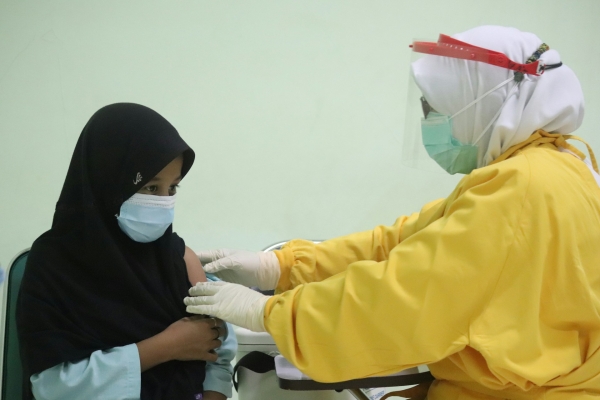Conflicts have far-reaching consequences on civilian populations, particularly evident in their impact on public health infrastructure and immunization coverage, especially for the diphtheria, tetanus, and pertussis (DTP) vaccine.
In fact, as reported by the United Nations International Children's Emergency Fund (UNICEF) and World Health Organization (WHO), of the 14.5 million children who did not receive any dose of DTP in 2023, more than half come from conflict-affected contexts. These figures have increased since 2022, when the estimated number was around 13.9 million. Additionally, 6.5 million children are not fully protected, having not completed the DTP vaccine course. This results in only 84% of infants being fully covered, an insufficient rate to prevent disease outbreaks.
The 2023 list of 20 countries with the most children lacking immunization includes Sudan, where the ongoing civil war led to a drop in the coverage rate from 75% in 2022 to 57%. In absolute numbers, around 701,000 children are unprotected. The other countries on the list are North Korea, Papua New Guinea, Somalia, the Central African Republic, Yemen, Guinea, Venezuela, Afghanistan, and Angola, supporting WHO's point that this is typical in situations of conflict or vulnerability, leading to a lack of access to health services. There are also concerns about the situation in Palestine, where the number of children receiving vaccines has dropped significantly as of September 2023 compared to two years earlier. While in 2021, 1,000 children were not immunized, the estimated number today is above 17,000.
Although access to good health represents the third Sustainable Development Goal (SDG) to be achieved by 2030, the 2023 report underscores that we are still far from reaching this target.
To read more, please visit:
- https://www.reuters.com/world/rising-conflicts-globally-slowed-childhood-vaccination-rate-2023-un-says-2024-07-15/
- https://www.who.int/news/item/15-07-2024-global-childhood-immunization-levels-stalled-in-2023-leaving-many-without-life-saving-protection
- https://www.who.int/teams/immunization-vaccines-and-biologicals/strategies/ia2030
- https://www.statista.com/chart/32628/countries-with-the-highest-share-of-children-not-vaccinated-against-diphteria-tetanus-and-pertussis/







